Radish Greens
What are radish greens
The leaves of different varieties of radishes are collectively known as radish greens, with daikon greens being one of the most popular varieties.
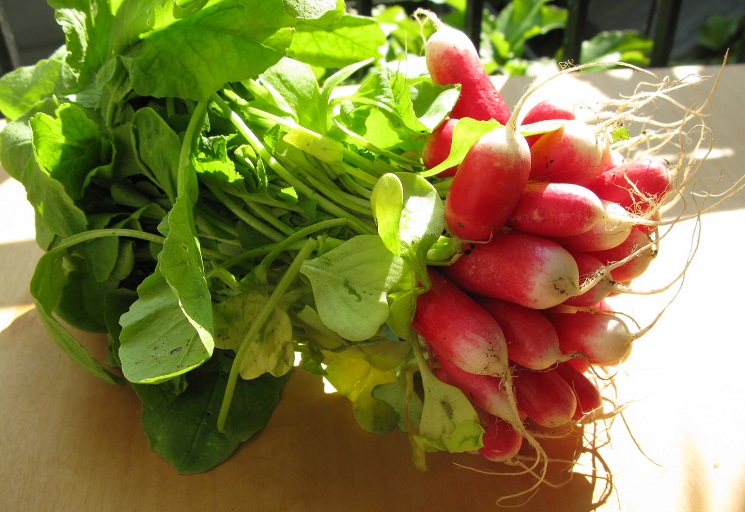
Radish Greens
Table Of Content
Can you eat radish greens
Mostly sold with their roots attached, the leafy greens of radishes are a healthy addition to your daily diet due to the presence of several vitamins and minerals.
Description
Radish greens comprise of a rosette of wide, rough textured leaves that are pinnately divided with a large terminal lobe, and smaller lateral lobes, measuring about 13 cm long from the top of the root. They have a characteristic peppery, yet somewhat pungent flavor, similar to radishes.
Nutrition facts
Given below is the nutritional value of 200g of radish greens.
| Nutrients | Amount |
| Energy | 50 cal |
| Protein | 4.4 g |
| Carbohydrate | 10.6 g |
| Dietary fiber | 8 g |
| Fat | 0.2 g |
| Vitamins | |
| Vitamin B1 (Thiamine) | 0.18 mg |
| Vitamin B2 (Riboflavin) | 0.32 mg |
| Vitamin B3 (Niacin) | 1 mg |
| Vitamin B5 (Pantothenic Acid) | 0.52 mg |
| Vitamin B6 | 0.36 mg |
| Vitamin B9 (Folate) | 280 μg |
| Vitamin C | 106 mg |
| Vitamin K | 540 μg |
| Vitamin E | 7.6 mg |
| Vitamin A equiv. | 660 μg |
| Minerals | |
| Sodium | 96 mg |
| Magnesium | 44 mg |
| Potassium | 800 mg |
| Calcium | 520 mg |
| Manganese | 0.54 mg |
| Iron | 6.2 mg |
| Zinc | 0.6 mg |
| Phosphorus | 104 mg |
| Copper | 0.08 mg |
Health benefits: Are radish greens good for you
Blood pressure regulation
Too much of sodium and too little of potassium might result in an imbalance of the minerals, increasing the risk of high blood pressure as well as several heart ailments. While some studies have shown the anti-hypertensive effects of radish tops, its high potassium content has positive effects on the sodium-potassium balance, helping in controlling blood pressure. As a result, its consumption may also be beneficial for cardiac ailments such as arrhythmia.
For anemia
Being a good source of iron, vitamin A, vitamin C, phosphorus and thiamine, the greens help in minimizing fatigue and balancing the hemoglobin levels, managing iron-deficiency anemia as well. In fact, incorporating them into your regular diet, along with other iron-rich and vitamin C-containing foods, can also help in preventing iron-deficiency anemia in pregnant women. However, make sure you speak to your physician regarding a safe diet during pregnancy.
Immunity
Incorporating daikon greens in your regular diet might be useful in building a strong immune system due to the presence of Vitamin C that plays a role in boosting the production of white blood cells for fighting against infections and promoting faster healing of damaged tissues.
Anti-inflammatory properties
Certain compounds present in the leaves of daikon are believed to have anti-inflammatory and pain-relieving effects, which may help in cutting the risk of inflammatory conditions of the joint such as gout and arthritis.
Effects on the digestive system
As dietary fibers function as a laxative by bulking up the stools and easing bowel movements, radish greens are considered one of the preferred leaf vegetables for providing relief from constipation and bloating.
For scurvy
The vitamin C content of the leafy greens might be useful in reducing the symptoms of scurvy as researches have shown the vitamin to have antiscorbutic properties.
Besides containing antimicrobial and antibacterial properties, several nutrients in the greens are beneficial for eliminating toxic wastes from the body. In addition to having anti-cancer properties, radish greens might be beneficial for regulating blood sugar levels, helping in preventing diabetes.
Uses
Edible uses
- The greens are often used alone or stirred with the leafy tops of turnip and spinach to make curries, soups, and also added to other cooked vegetable preparations.
- The traditional North Indian cuisines, dal, and kadhi are often cooked with daikon leaves.
- Dried daikon leaves are boiled and flavored to make potherbs while the young leaves are used along with the fleshy roots for preparing a Korean dish chonggak kimchi.
- The fresh and tender radish greens can be eaten raw when used in salads and sandwiches.
- The leafy tops along with the radish are often blended with kale, dandelion, and spinach to prepare green smoothies.
Medicinal uses
- Paste prepared by mixing equal amounts of radish green powder and sugar with water can either be applied near the anal region or directly consumed for treating piles.
- The juice of radish leaves has diuretic properties, being consumed for managing bladder stones and jaundice.
How to prepare and cook
How to clean
Wash the leaves thoroughly under cold running water to remove any debris. Rinsing the greens several times may be necessary to clean them well. After removing any dry or damaged leaf from the bunch, hold the bottom firmly in one hand and chop the leaves into small pieces. Radish greens attached to their roots must be cut off at the base before cleaning.
How to sauté
- Heat some olive oil or butter in a frying pan set over a medium flame
- Add the chopped leaves to the pan
- Cook until the greens begin to wilt. Fry them covered or uncovered for another 10 minutes till they become soft.
Recipes
- Spicy stir fried radish greens
- Radish greens pesto
- Radish greens top soup
- Roasted radishes with radish greens
- Radish greens and avocado quiche
- Sauteed daikon greens with onion, garlic, and lemon
- Radish greens and pasta
- Eggs with radish greens and bacon
- Radish leaves chutney
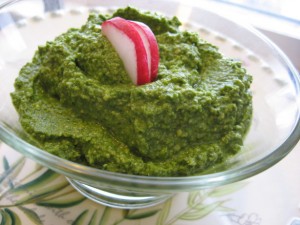
Radish Green Recipe
Substitutes
In case you do not have radish greens at hand, use mustard greens instead to get a similar peppery flavor in your preparations.
Can radish greens be bad for you
Although eating radish tops do not cause any adverse effects, overconsumption should be avoided.
Where to buy
Fresh radish greens can be purchased from any local marketplace or vegetable and fruit grocery store. When buying the leafy tops along with radishes, select fleshy roots with fresh and crispy leaves, discarding the yellowing and wilted ones.
How to store
For storing, the greens must be separated from their roots, wrapped in a paper towel and put into a perforated bag before placing them in the refrigerator. Fresh leaves have a shelf life of a couple of days.
References
- by Madhulima Acharya
- February 16th 2016

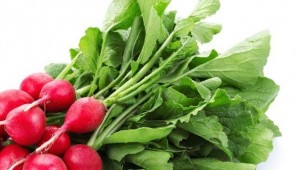
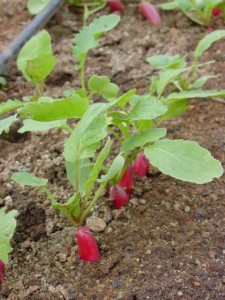
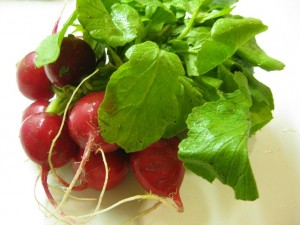

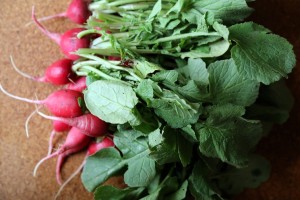
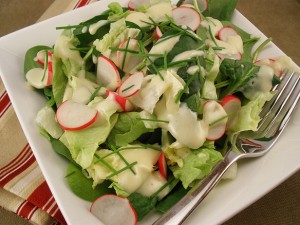
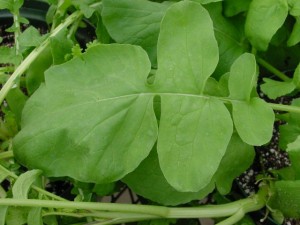
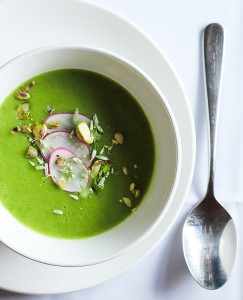
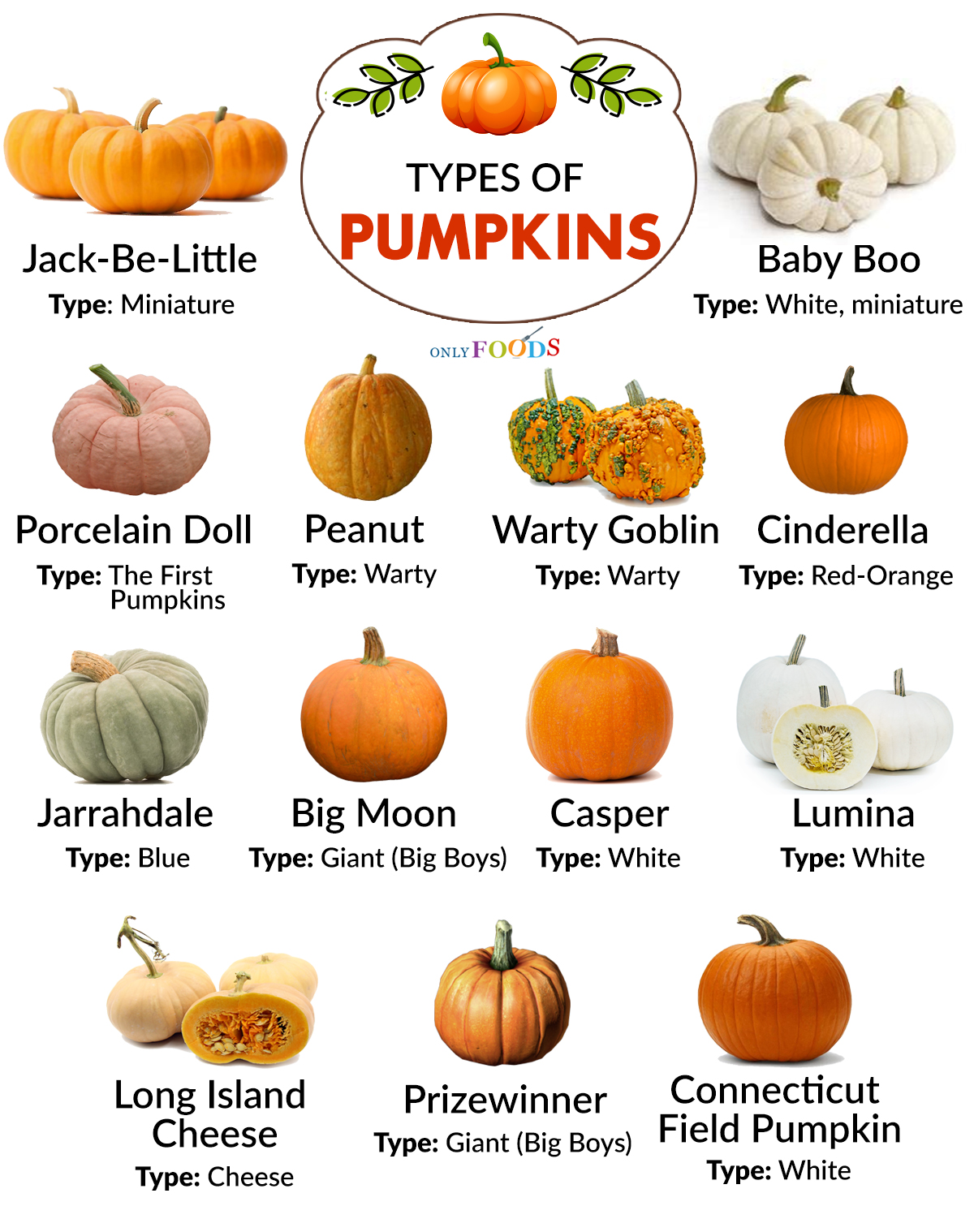

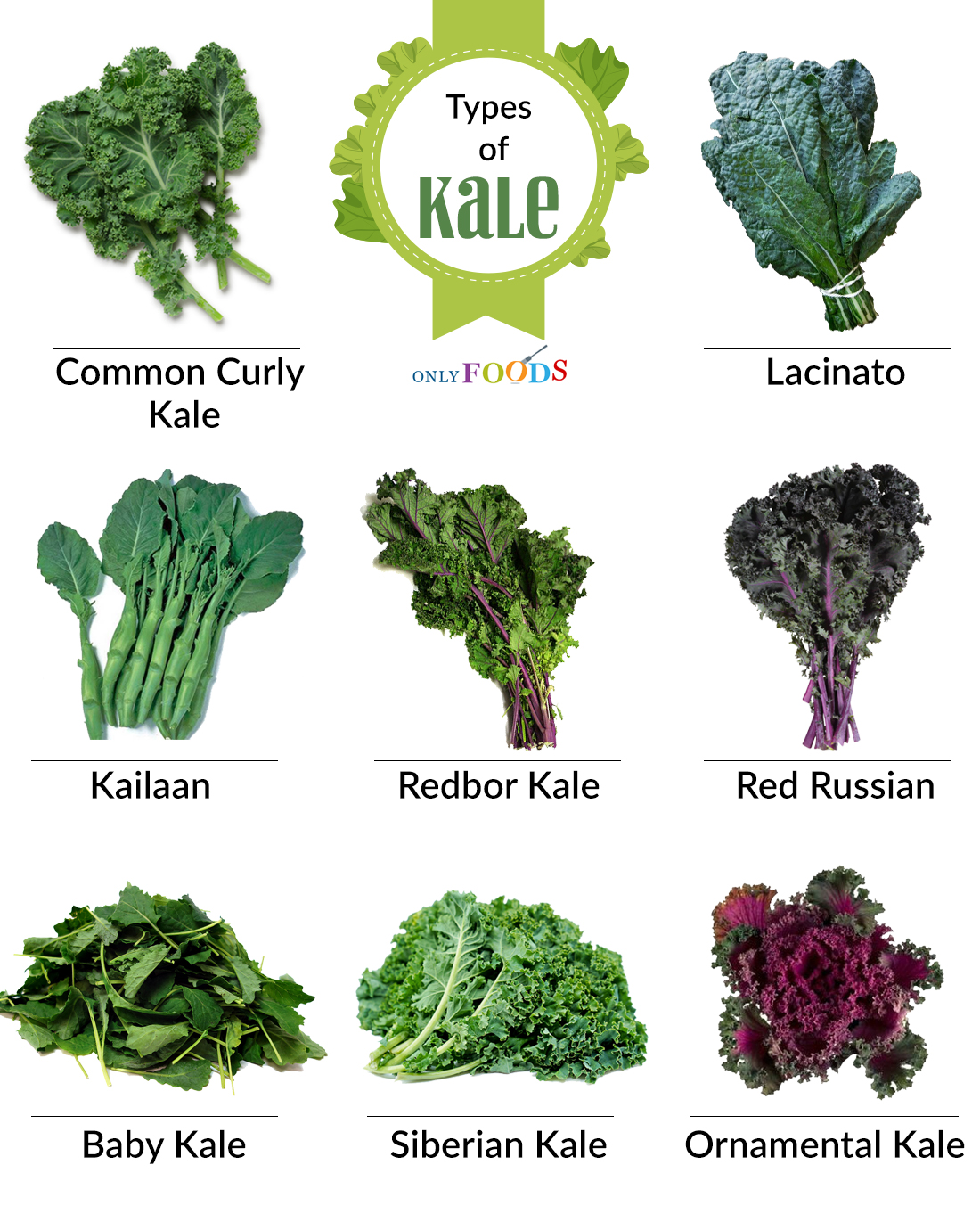
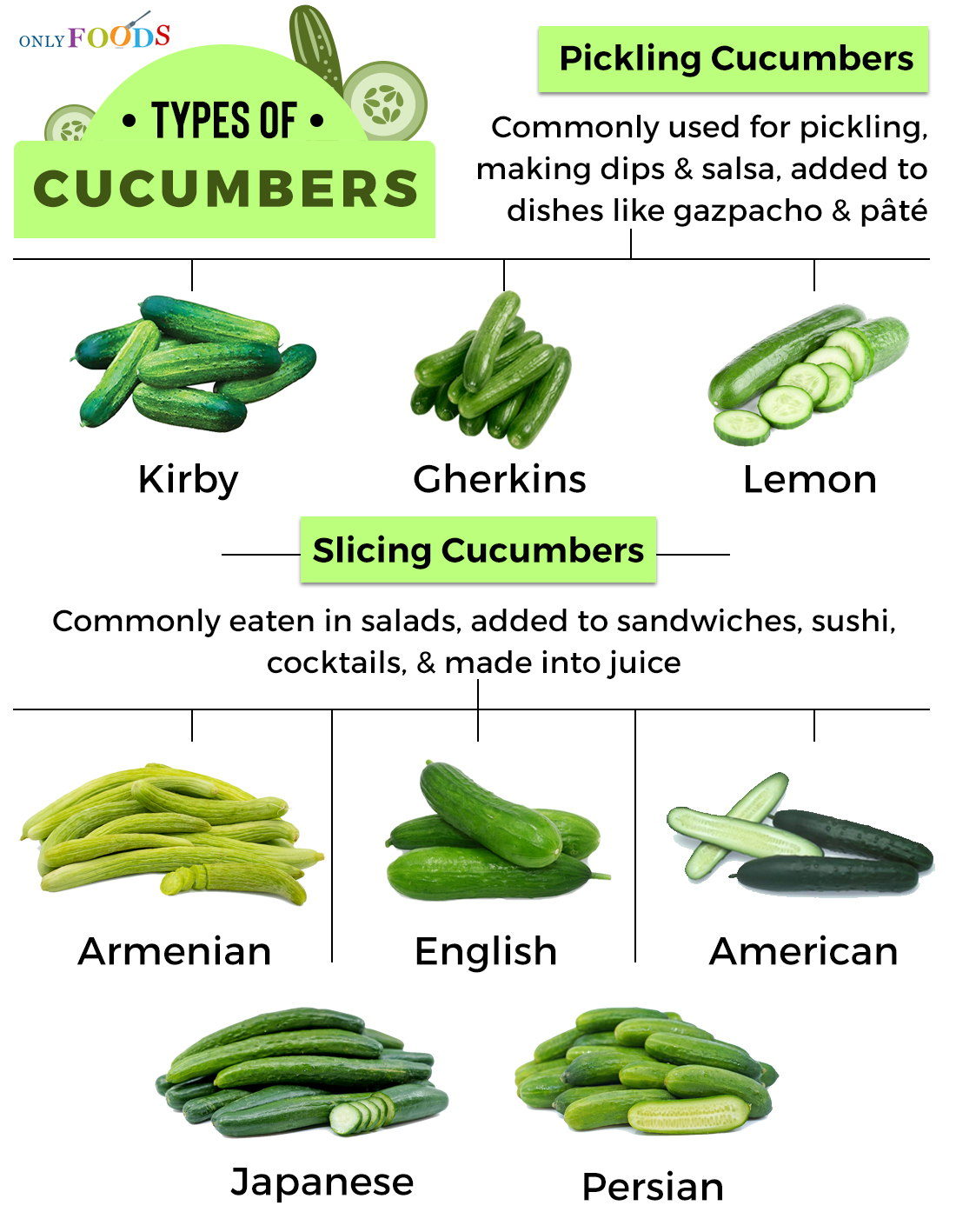















Leave a Reply